5 Rules of Composition (For Filmmakers)

When shooting your documentary, there are many different cinematography techniques to think about and it’s easy to feel overwhelmed. However, the one cinematography technique that will have the biggest impact on your image is composition.
What is Shot Composition in Filmmaking?
Shot composition is the arrangement of visual elements in an image. It’s all about asking yourself, does my image have all the right ingredients? And are they in the right place?
How the visual elements are arranged in a frame will determine how the audience feels when watching a documentary.
Understanding composition is often the difference between shooting a visually boring documentary and a cinematic doc. So it’s worth mastering.

Is Composition The Same as Cinematography?
In filmmaking, it's important to understand the difference between composition and cinematography. They're related, but not the same! Composition is all about what's inside the frame: how people, objects, even light and shadow are arranged. It follows rules like the rule of thirds to create images that feel balanced and tell a story.
Cinematography is the bigger picture – it's about how you capture the image with the camera: movement, angles, lenses, and how it's lit.
Good composition means every shot has an impact, even if it's simple. Cinematography helps you set the mood of a scene – is it exciting? Mysterious?
Mastering both lets you take viewers on a journey that feels intentional and powerful.

5 Rules of Video Composition
1. Film Rule: Use Rule of Thirds in Cinematography
Mentally divide your image horizontally and vertically into thirds and position the most important parts of your shot along those imaginary lines. For example, in this shot below I've put the mountain biker on the ride horizontal line and this makes the shot more aesthetically pleasing than if he was in the center of the frame:

2. Film Rule: Fill the Frame
Avoid dead space by either getting closer to the subject or zooming in. For example, here's a screengrab from one of the first short films I ever made, with two friends of mine over 15 years ago. And as you can see I didn’t understand the concept of filling the frame! In most of the shots there’s a lot of dead space:
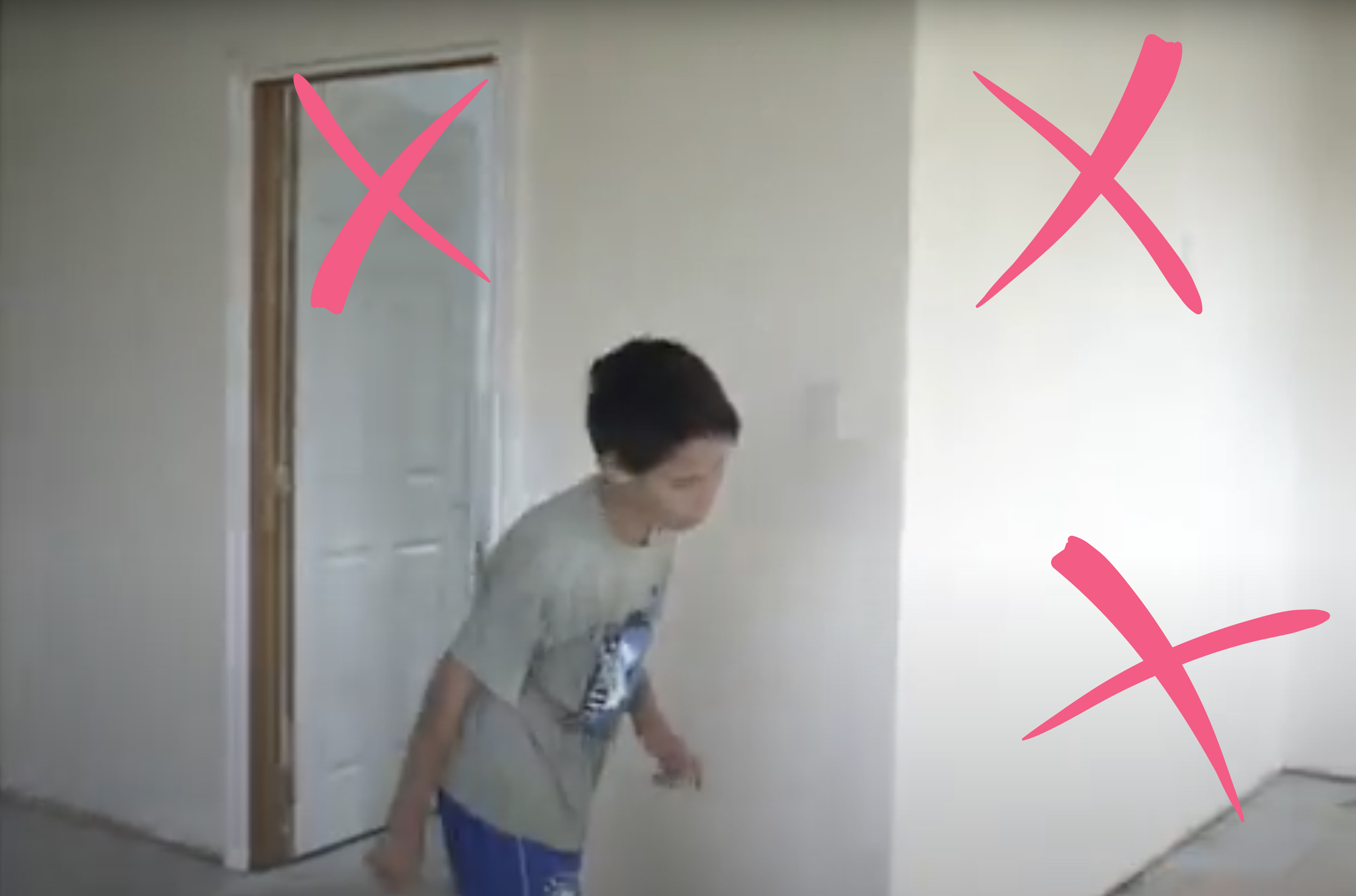
Compare this to a screengrab from The Camera Man, a short film I made more recently, where I filled the frame and didn’t have any dead space and if I did, it was intentional - to evoke emotion:

For example, in this screengrab, the main subject is talking about his father's anxiety and how he inherited that same nervousness. Including space in the frame makes the subject seem more vulnerable and enhances the emotions the character is talking about:
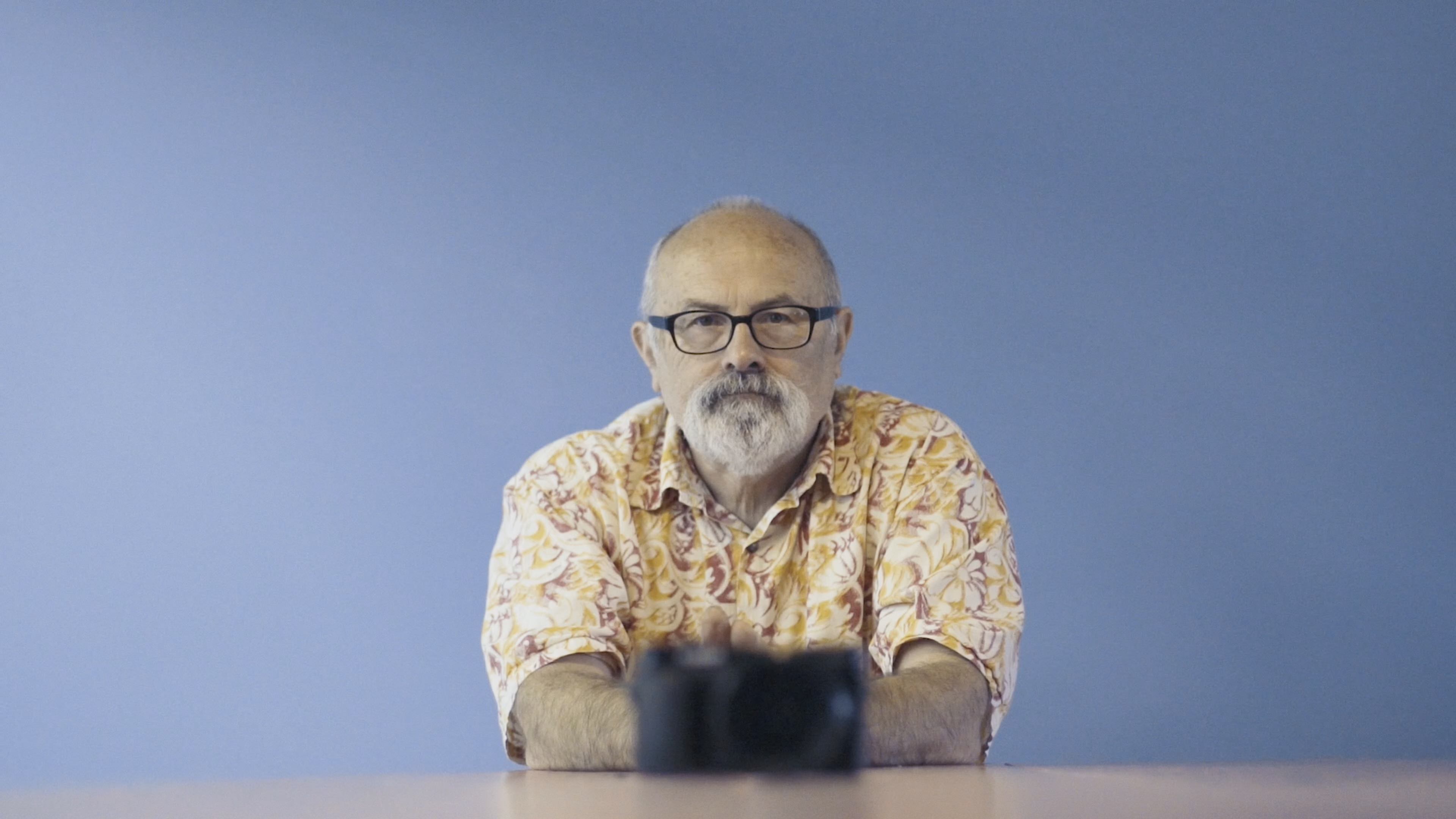
3. Film Rule: Use Leading Lines
Draw the eye towards your main subject by making use of leading lines like rivers or roads. For instance…
Examples of leading lines in nature are:
- Rivers
- Trees
- And shorelines
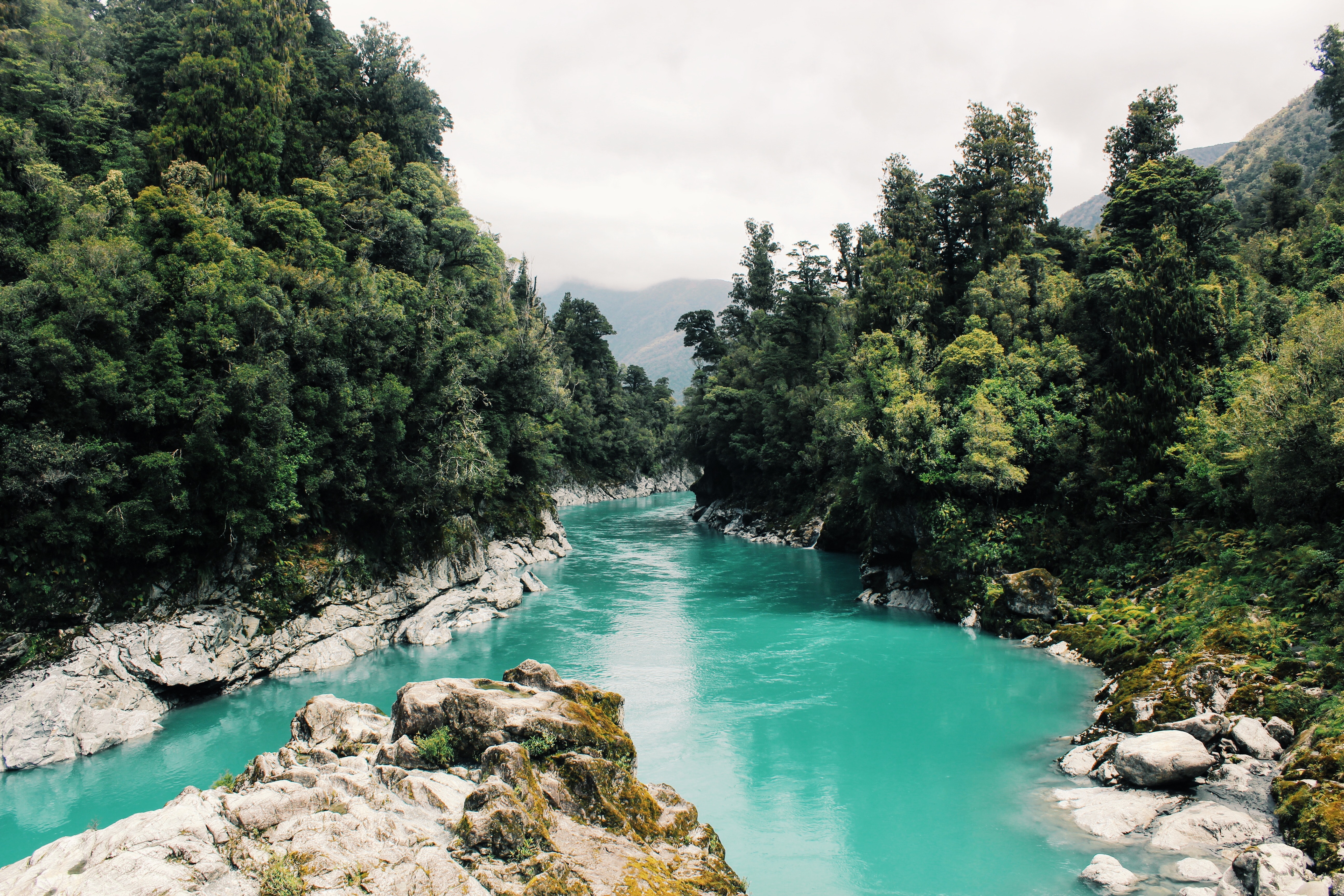
Some examples of man-made leading lines are:
- Roads
- Bridges
- And railway tracks

Leading lines carry our eye through the frame. They can be used to place emphasis and to draw a connection between two objects or key elements in a scene. Use them creatively and with an expressive purpose to help bring your documentary story to life.
4. Film Rule: Explore Symmetry and Patterns
For symmetrical scenes, center your subject and make use of natural and man-made patterns. A moment ago, I recommended you position your subject along with the rule of thirds instead of in the center of the frame. But, there are times when framing your main subject in the center of the frameworks really well and creates beautiful symmetry and an eye-catching composition, especially in scenes where symmetry is not expected, for example in everyday situations such as drinking a cup of tea or listening to music.
Now, when it comes to capturing patterns there are two main techniques I like to focus on, and that’s emphasising the pattern and breaking the pattern.
Emphasize a pattern
So firstly, to emphasize a pattern you need to fill your frame with a repetitive pattern so it can give the impression of size and large numbers. The key to this is to attempt to zoom in close enough to the pattern that it fills the frame and makes the repetition seem as though it’s bursting out - even if the repetition stops just outside of your framing.
Some examples of this technique could be flowers in a flower bed, bricks on a wall, apples in a crate or windows of an office block. Basically, any repeated appearance of objects could work.
Breaking a pattern
The second technique I like to use is breaking a pattern, where you look out for and capture the interruption of the flow of a pattern. For example, this could be a pattern of flowers that are all white except one which is red, or a group of people all walking in the same direction except for one person who is walking in the opposite direction.
Broken repetition can be achieved with a change of color, shape, direction, or texture. To start with it can be a real challenge trying to find broken patterns, but the key is to keep an eye out for them in the most unlikely situations such as a food market or a coffee shop, and over time they’ll become much easier to spot in day-to-day life.
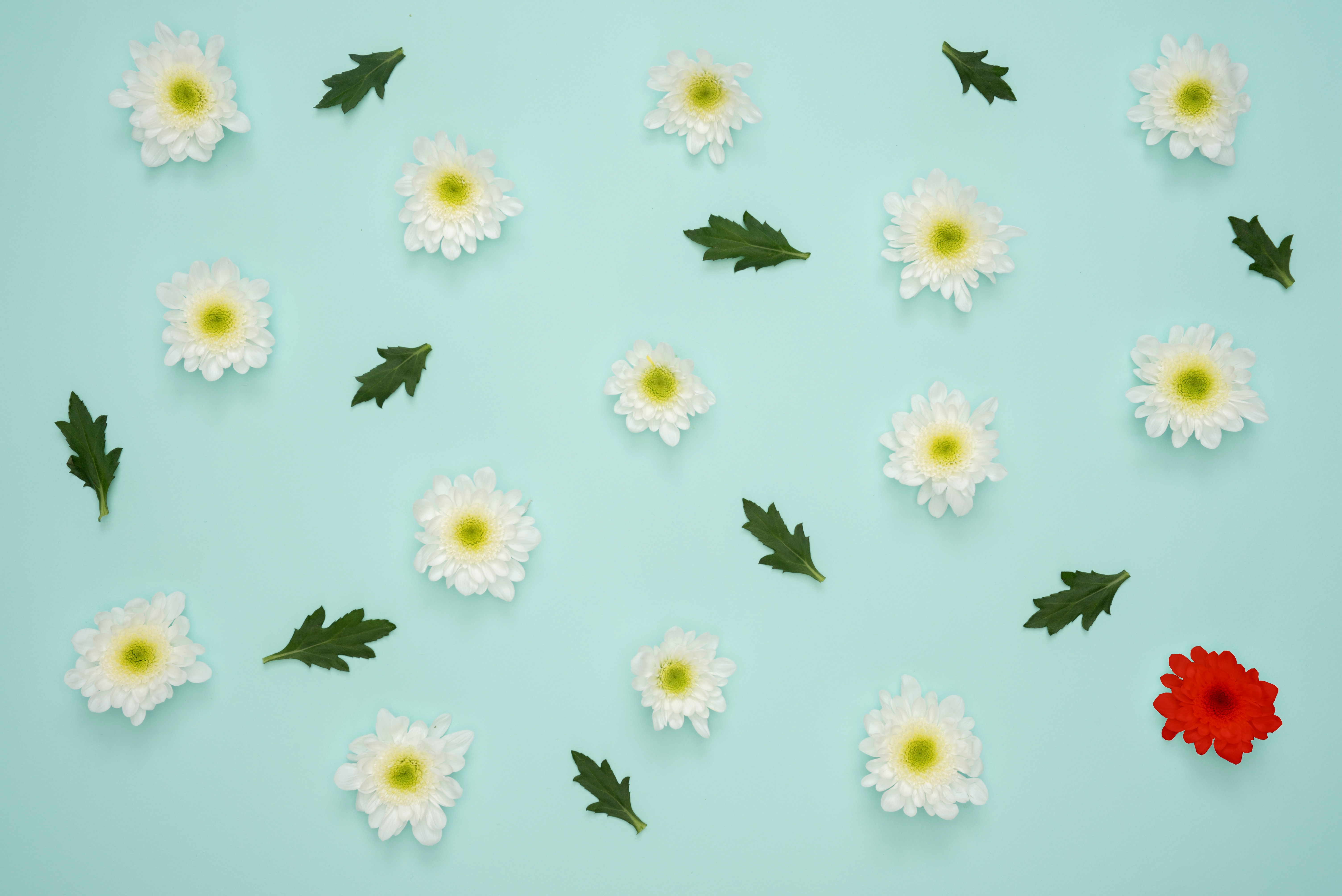
5. Film Rule: Master the Art of Finding the Framing
Frame your subject within the shot with things like foliage or an archway to add depth and visual impact. For example, in the shot below I used foliage to frame my subject. You can also use trees, mountains, windows, archways, doors, and bridges to frame your subject. Using this simple technique will add depth and visual weight to your cinematography:
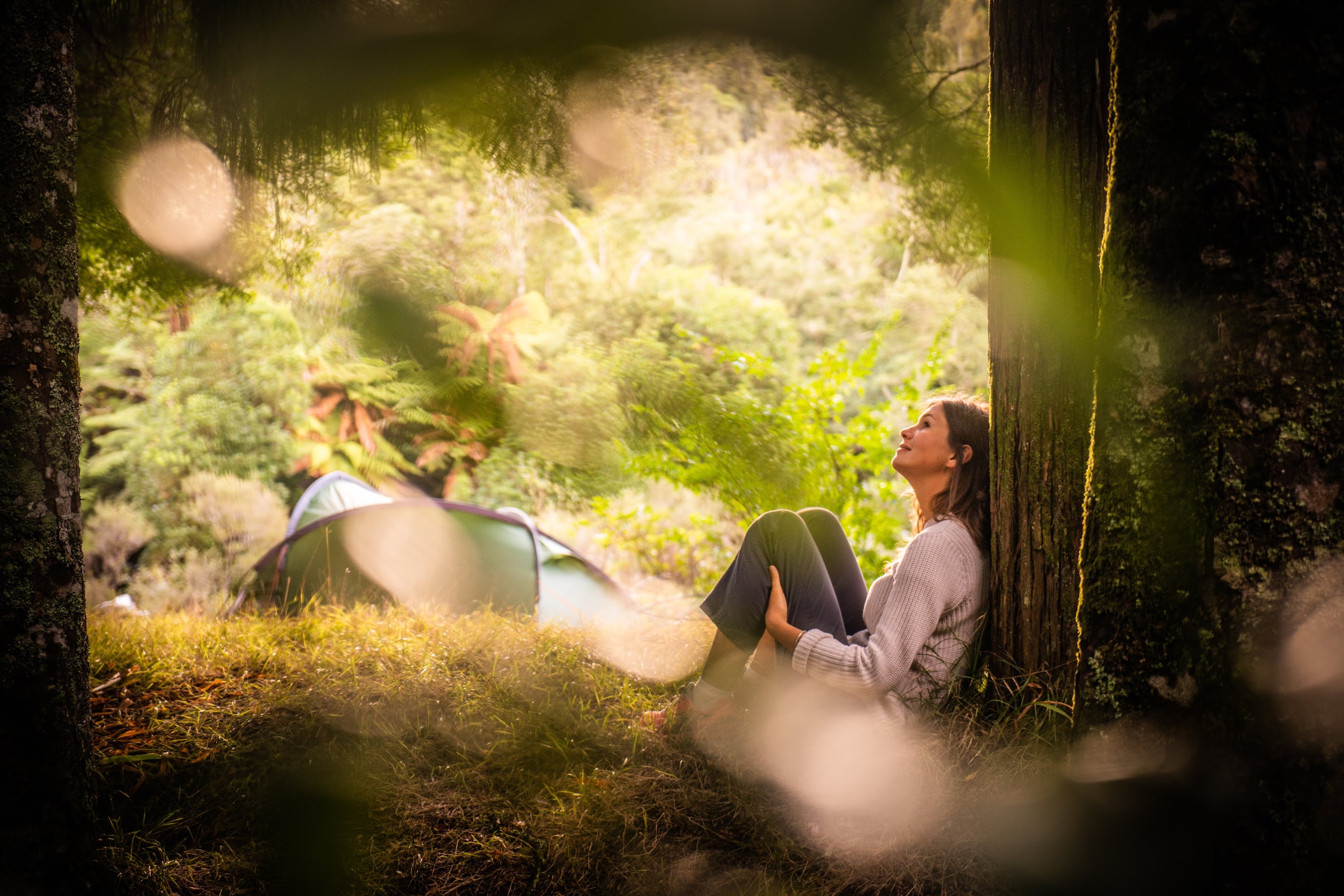
It’s important to pay careful attention to your foreground and background when using the framing technique as it can be easy to clutter the shot or obscure the subject. If there is too much going on around the subject of your photograph the audience may lose the meaning of what your framing is trying to convey. A good tip to soften the background, if there is a lot going on, is to choose a shallow depth of field and it will blur out the cluttered background.
Film Composition: Guidelines, Not Rules
Remember, composition is more about feelings and emotion than rules, so use these tips as a guideline rather than rules that are set in stone.

Navigating Film Rules
Learning film composition is a bit like learning to ride a bike. In the beginning, you focus on the basics – the rule of thirds, and leading lines, those are your training wheels. But with time and practice, these techniques become second nature. That's when the real magic starts. Composition becomes your way of speaking directly to the viewer. You can frame a shot to evoke a sense of wonder, or use subtle visual cues to guide their eye and unravel a deeper meaning.
What is The 180-degree Rule?
The 180-degree rule is one of those classic filmmaking tools that might seem a bit mysterious at first, but it's all about keeping your audience grounded. Imagine drawing an invisible line between the key elements of your scene – maybe two people talking, or a subject and an important landmark. To avoid disorienting viewers, we keep our cameras on one side of that line. This way, even when we cut to different angles, the spatial relationships stay consistent. In documentaries, this rule helps the story flow naturally. Viewers can fully focus on the message, without little distractions pulling them out of the moment.

What is an Example of Bad Composition in Film?
A classic mistake that disrupts the viewing experience is the misuse of headroom and lead room. Imagine interviewing someone crammed in the corner of the frame, or facing out with no space in front of them. This breaks the connection between viewer and subject, like someone looking away during a conversation. Composition isn't just fitting things in the frame, it's using the space to guide the viewer's eye. Balance your subjects, give them a bit of room, and be mindful of the impact of empty space. Mastering composition adds a subtle but powerful layer to your storytelling.

Using Camera Angles to Enhance Composition
Camera angles are a super important part of composition in documentary filmmaking. It's a powerful tool for influencing how the viewer feels about your subject and the story. A low angle might make a subject look strong, while a high angle can create a sense of vulnerability. Experimenting with camera angles can turn simple scenes into something way more impactful. It's a great way to communicate ideas without needing extra dialogue. If you want to learn more, I wrote a blog called Beginner Filmmakers: How to Unlock the Power of Camera Angles that breaks down the basics.
Free Documentary Filmmaking Training
If you want more value-packed filmmaking tips like in this blog, I’ve put together a free documentary training video where I share how I make cinematic documentaries. Click here to sign up and get instant access.


















